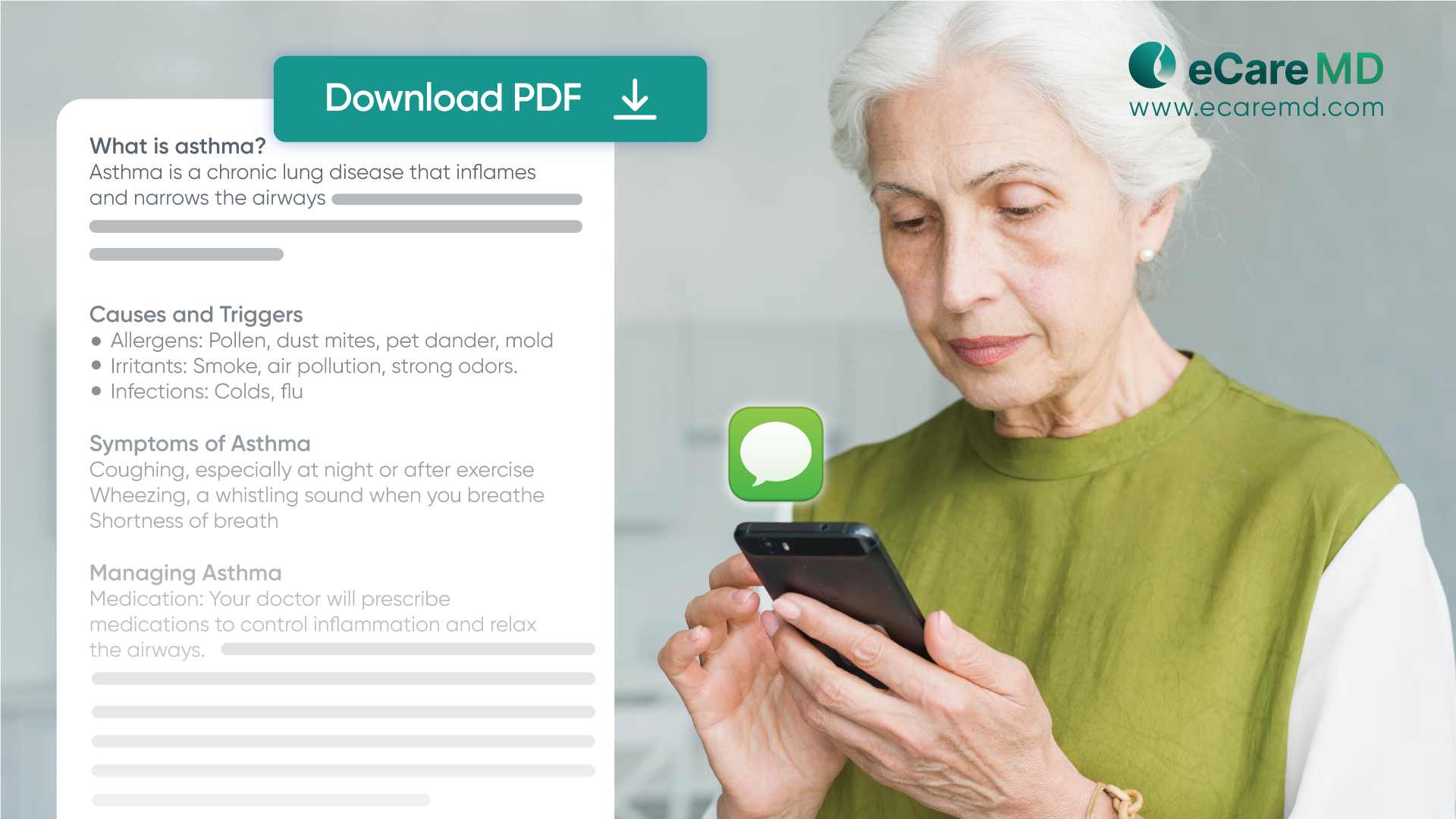Client Overview
The client operates a multi-specialty healthcare practice in New Jersey, United States. The practice delivers various services, including inpatient and outpatient care, with a focus on chronic conditions. With a dedicated team of healthcare providers, physicians, nurses, and care coordinators, they have committed to delivering high-quality care to improve their patients' health.
Business challenges
The client identified that many of their patients were being readmitted to the hospital shortly after discharge. The primary reasons included inadequate patient education and ineffective communication between care providers and patients. These issues not only led to increased healthcare costs but also negatively impacted patient satisfaction and outcomes.
The practice recognized the need for a more structured and coordinated approach to post-discharge care to reduce readmission rates and improve overall patient health outcomes.
Solution
To overcome these challenges, the client has approached Medarch Inc. for eCareMD software, which streamlines the practice workflow and enables care providers to deliver more comprehensive patient care. Our team of business analysts and subject matter experts demonstrated the software to the client. After the demonstration, the client approved the implementation of the software in their practice.
To address these challenges, the client implemented the eCareMD software, a comprehensive remote patient monitoring (RPM) and care coordination platform. The software offered several features that directly addressed the practice's issues.
Solution Highlights
The eCareMD software consists of some advanced technological features that address the client’s challenges:
1. Real-Time Monitoring and Alerts
The eCareMD software is integrated with remote monitoring devices that continuously track patient health vitals and transmit the collected readings to the care provider's eCareMD dashboard. If a patient's vital health exceeds threshold levels, the system generates an alert, notifying care providers. Based on the alert received, the care provider makes necessary interventions to avoid health complications and hospital readmissions.
2. Patient Educational Material Functionality

The eCareMD software has enabled care providers to send educational materials to patients that guide them about chronic conditions, the benefits of following treatment recommendations, and lifestyle recommendations, such as diet, sleep, exercise recommendations, etc. This educational material has helped patients to know more about their disease and increased treatment adherence.
3. Secure Communication Channels
The software comprises secure communication channels such as voice calls, sms, and real-time chat functionality. It helped providers and patients communicate in real time regarding their health activities, concerns, and suggestions, allowing more communication and engagement.
4. Care Coordination Tools
Coordinated care delivery is a key to obtaining expected patient health outcomes. This challenge is significantly resolved by the eCareMD software’s efficient task management, call schedules, and communication functionalities. It helped assign tasks to their care team members for daily/weekly chart reviews, prescription refills, etc. This coordinated care delivery improved patient health outcomes and reduced hospital readmissions.
Value Delivered
The implementation of eCareMD software led to significant improvements in the client’s post-discharge care process, including:
1. Reduction in Hospital Readmission Rates
The practice saw a significant reduction in patient hospital readmission rates post-implementation of eCareMD software.
2. Improved Patient Satisfaction
With the help of eCareMD software, the practice has delivered more coordinated care to patients, resulting in increased patient satisfaction.
3. Enhanced Care Coordination
The care coordination functionalities such as efficient task management, reminders, alerts reassign and resolve, and call schedular helped providers deliver more coordinated care to patients.
4. Cost Savings
The reduction in patient hospital readmissions and emergency visits has resulted in savings of cost for both patients and providers.

